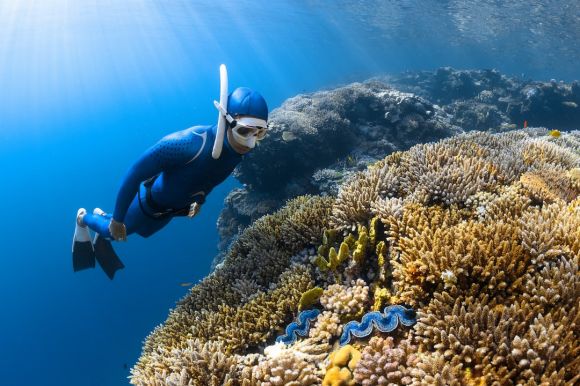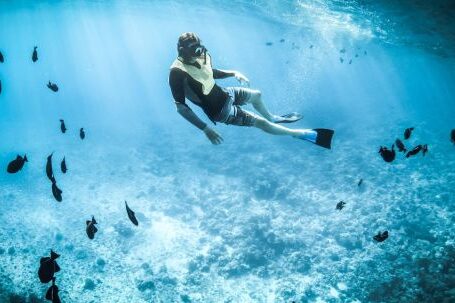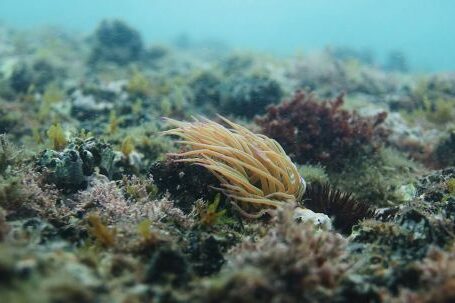Underwater filming can be a challenging yet rewarding endeavor. Whether you are an aspiring filmmaker or a nature enthusiast looking to capture the beauty beneath the waves, mastering the art of underwater filming is essential. In this article, we will explore some tips and techniques to help you perfect your underwater filming skills.
Understanding the Environment
Before diving into the world of underwater filming, it is crucial to familiarize yourself with the unique environment you will be working in. Water presents several challenges, including reduced visibility, buoyancy, and the need to work with specialized equipment. Take the time to learn about the specific characteristics of the underwater location you will be shooting in, such as the clarity of the water, the presence of currents, and any potential hazards.
Choosing the Right Equipment
Investing in the right equipment is essential for achieving high-quality underwater footage. Begin by selecting a camera that is designed for underwater use, preferably one with manual controls to allow for greater creative control. Additionally, consider investing in underwater housing, which will protect your camera from water damage while allowing you to access its controls. Other essential equipment includes underwater lights to compensate for the loss of natural light underwater and a stabilizer to minimize camera shake.
Mastering Buoyancy Control
Buoyancy control is one of the most critical skills for underwater filming. Achieving neutral buoyancy will allow you to move smoothly through the water without disturbing the marine life or stirring up sediment. Practice controlling your buoyancy by adjusting your breathing and making small, controlled movements. This will not only improve your footage but also help you maintain your safety while diving.
Composition and Lighting
Composition and lighting play a vital role in creating visually stunning underwater footage. When composing your shots, consider the rule of thirds and experiment with different angles to capture the most captivating images. Additionally, pay attention to the lighting conditions underwater. As natural light diminishes as you descend, using artificial lighting sources can help illuminate your subject and bring out its vibrant colors. Experiment with different lighting techniques to achieve the desired effect.
Capturing the Underwater World
The key to capturing the underwater world effectively is to be patient and observant. Take the time to study the behavior of marine life and identify potential subjects of interest. Approach your subjects slowly and avoid making sudden movements that could startle them. Remember to respect the marine environment and refrain from touching or disturbing any marine life.
Post-Processing and Editing
Once you have captured your underwater footage, the post-processing and editing phase allows you to enhance and refine your work. Start by organizing your footage and selecting the best shots. Use video editing software to adjust the colors, contrast, and saturation to bring out the true beauty of the underwater world. Additionally, consider adding music or narration to complement your footage and tell a compelling story.
In conclusion, perfecting your underwater filming techniques requires a combination of technical skills, creative vision, and a deep understanding of the underwater environment. By familiarizing yourself with the unique challenges of underwater filming, investing in the right equipment, and practicing the necessary skills, you can capture breathtaking footage that truly showcases the beauty beneath the waves. So dive in, explore, and let your creativity flow as you embark on your underwater filming journey.





